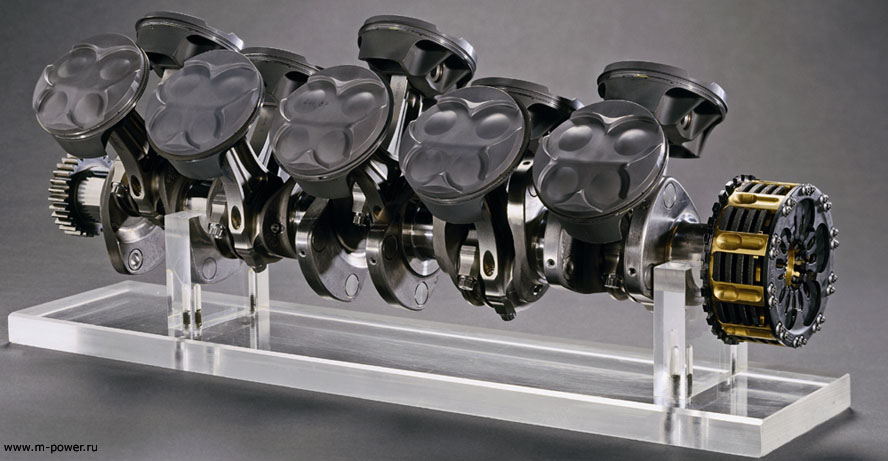Once again, the Harley
boys seem to have some applicable information. But don't cross these people; they have an "Eat ---" feature on their web page. Seems they're not kidding either.
But I quote:
"The amount of time, expressed in crankshaft degrees, that describes the window of time between the the Inlet Cam's opening point BTDC (before top dead center) and the Exhaust Cam's closing point ATDC (after, well you get my drift...). This figure can vary between zero degrees on some stock cams to as much as 70 to 90 degrees on some race motors. In general most street engines will have 20 to 30 degrees of overlap and most performance cams will have 50 to 60 degrees of overlap. Increasing the degrees of overlap tends to move the powerband up the RPM band. Increasing the overlap can increase peak power, but only if the exhaust system is properly designed to scavenge the cylinder. Decreasing the overlap tends to boost lower rpm performance."
They also have some calculators on their pages that are fun to play with. Don't know to which extent all this applies to F1, but I surmise most of it goes. Oh, almost forgot the link ...
http://www.rbracing-rsr.com/camshaft.html

